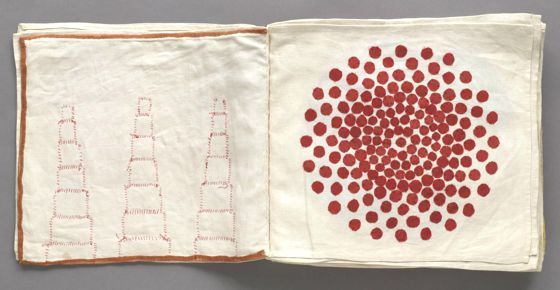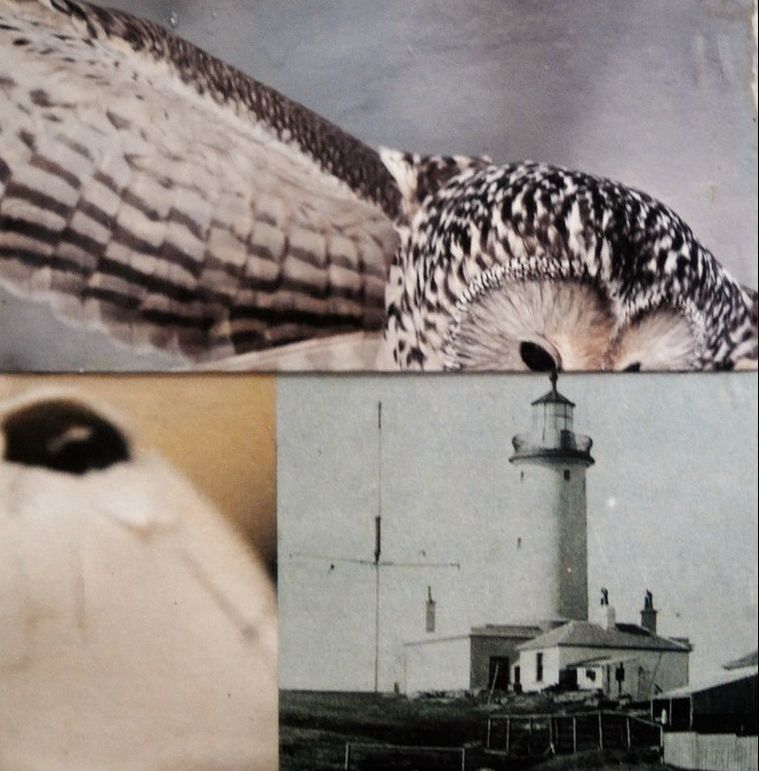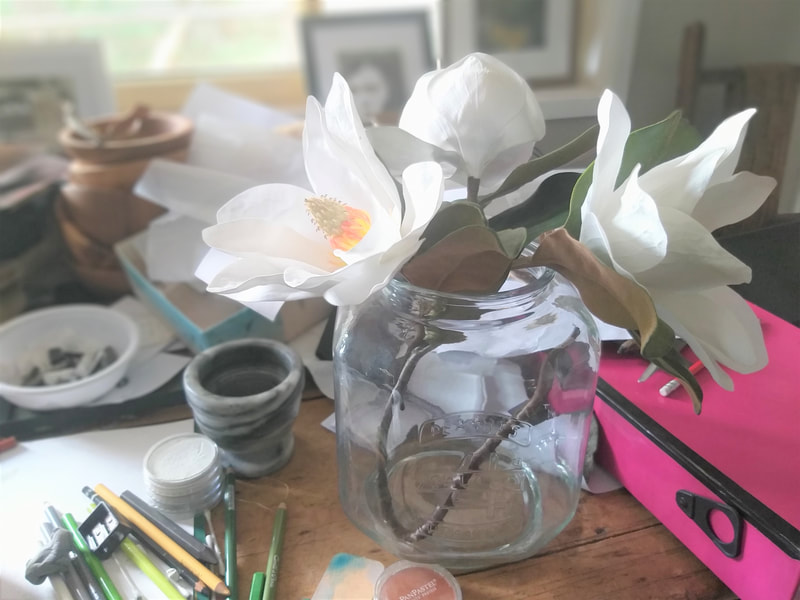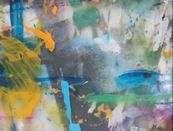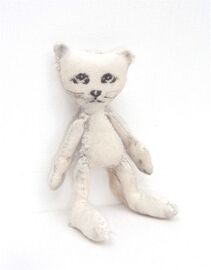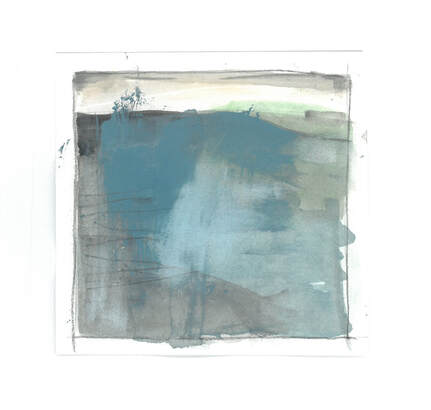Registered NDIS provider | Provider No. 4050020012
Emotional Origins provides an adult counselling service for those who are on the autism spectrum and for with depression, anxiety, trauma, bipolar disorder or schizoprenia.
Sunshine Coast
"Art washes from the soul the dust of everyday life." ~ Pablo Picasso
Art psychotherapy is a form of professional health care;
a field of psychology and counselling which utilizes the creative process integrating both
art therapy and psychotherapy.
The art making process provides an avenue to express emotions and
explore inner feelings which are difficult to communicate verbally. Sometimes retelling the same life story over and over again can, in itself, cause 'roadblocks' or the feeling of being stuck.
Art psychotherapy uses images and objects
to access a specific part of the brain which initally bypasses the need for language. This often leads
to gaining new insights, meaning and understanding into emotions and behaviours. In addition, it
provides a way of articulating and unlocking doors to the subconscious to help find words to express emotions and experience. No artistic ability is needed. Art therapy is also suitable for those who have colour blindness/defect.
a field of psychology and counselling which utilizes the creative process integrating both
art therapy and psychotherapy.
The art making process provides an avenue to express emotions and
explore inner feelings which are difficult to communicate verbally. Sometimes retelling the same life story over and over again can, in itself, cause 'roadblocks' or the feeling of being stuck.
Art psychotherapy uses images and objects
to access a specific part of the brain which initally bypasses the need for language. This often leads
to gaining new insights, meaning and understanding into emotions and behaviours. In addition, it
provides a way of articulating and unlocking doors to the subconscious to help find words to express emotions and experience. No artistic ability is needed. Art therapy is also suitable for those who have colour blindness/defect.
"Sometimes", said Pooh, "the smallest things take up the most room in your heart"
A. A Milne
A. A Milne
Louise Bourgeois "Ode A L'Oubli"
I believe people have untapped strengths.
Emotional Origins is a place where confidence and
new skills can be developed and positive change can occur.
Emotional Origins is a place where confidence and
new skills can be developed and positive change can occur.
No Artistic Ability Needed
also suitable for those who have a colour defeciency
also suitable for those who have a colour defeciency
Emotional Origins offers individual art psychotherapy and verbal counselling service, trauma healing, creative arts workshops, art psychotherapy groups, health care organizations and community in- services. Come and experience one of the groups or book an individual session in the peaceful Sunshine Coast.
Professional Registration: Australian and New Zealand Art Therapy Association (ANZATA)
Registered NDIS provider | Provider No. 4050020012
Registered NDIS provider | Provider No. 4050020012
ABN 70220545837.
All rights reserved © Tracey Bradford, March 2017
All rights reserved © Tracey Bradford, March 2017

